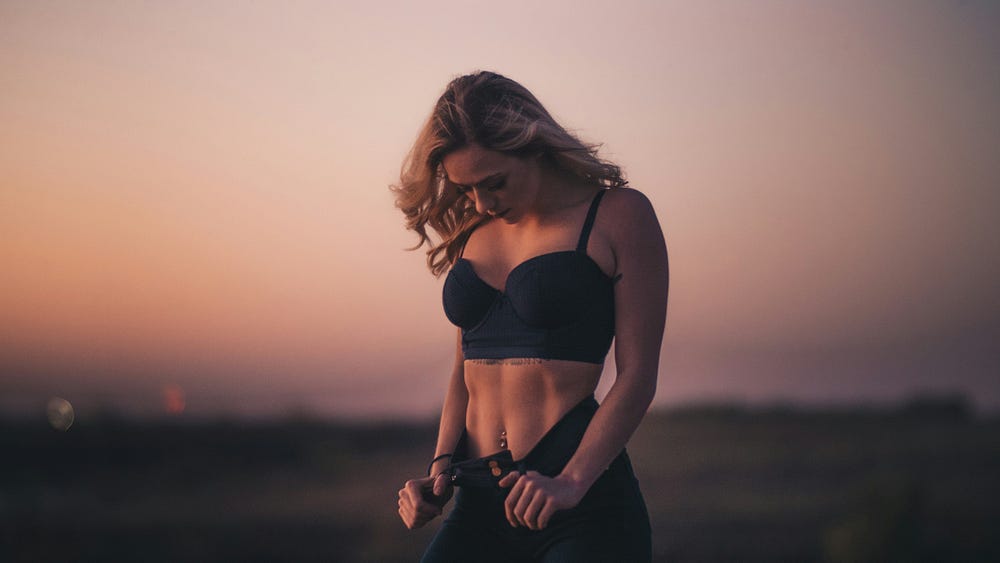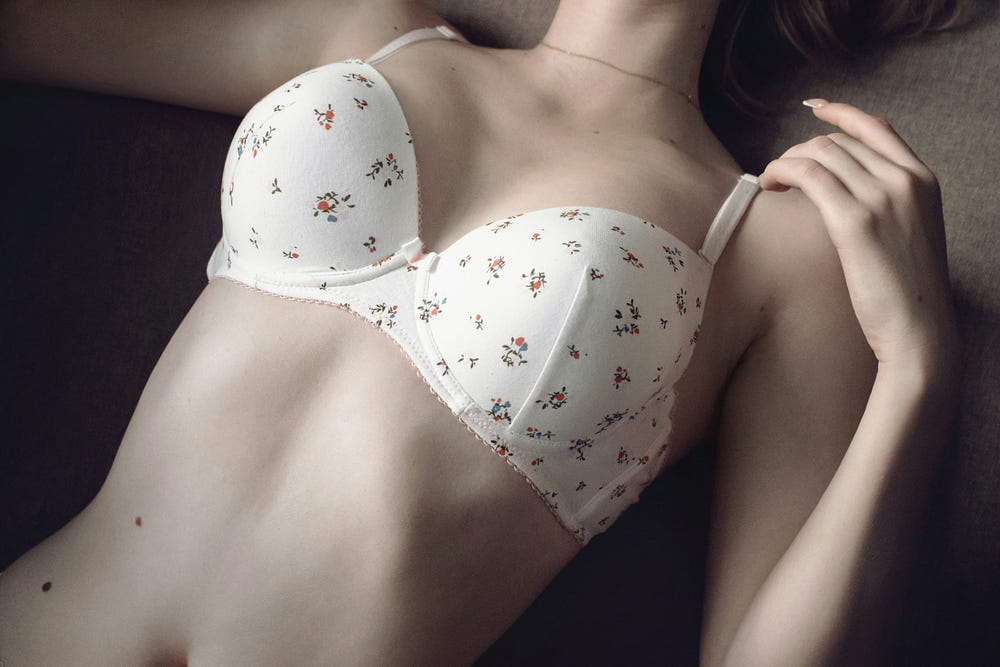The Great Uplift: How Bras Changed the World (And Our Backs)
Sidra Beigh ✉
The brassiere, commonly known as the bra, is more than just an undergarment for women; it is a complex symbol of femininity, empowerment, and practicality.

Throughout history, bras have evolved from mere breast support mechanisms to pivotal elements in fashion and socio-political movements, reflecting and influencing the changing attitudes towards women’s bodies and roles in society. This article delves into the historical evolution of the bra, its impact on society and fashion, its implications for health and ergonomics, and its varying cultural significance across the globe.

Similar concepts existed in ancient Rome, where the ‘strophium’ or ‘mamillare’ served the purpose of minimizing the appearance of the bust. In Eastern cultures, particularly in India, the ‘kanchuka’ was a breastband that covered the upper body, dating back to the 5th century AD.
The transformative 19th century introduced corsets, which cinched the waist and pushed up the breasts, a fashion staple in the Western world emphasizing an hourglass figure. However, health concerns and discomfort associated with tight lacing led to innovations. In 1889, Herminie Cadolle of France revolutionized women’s lingerie by inventing the first modern bra, which separated the corset into two parts — the lower for the waist and the upper for supporting the breasts initially called the ‘corselet gorge’.

The early 20th century saw further developments with Mary Phelps Jacob, a New York socialite, inventing a more comfortable, lightweight version in 1914, which she patented as the ‘Backless Brassiere’. The roaring twenties and the shift towards more streamlined, flatter-chested fashion trends spurred the popularity of the bandeau-style bra. The introduction of new materials like nylon in the 1930s and the eventual invention of the underwire bra in the 1930s provided improved shape and support, which have become standard in bra design.
The feminist movements of the late 1960s and 1970s brought the bra into socio-political arenas. Contrary to popular belief, feminists were not so much focused on burning bras as on protesting against restrictive beauty standards and demanding equal rights.

The infamous “bra-burning” incident during the 1968 Miss America protest was more metaphorical but highlighted the growing discontent with traditional gender roles.
The commercialization of bras turned them into significant media and advertising symbols, with companies like Victoria’s Secret transforming intimate apparel into glamorous and mainstream fashion commodities. Their marketing strategies not only influenced fashion trends but also impacted how women viewed their bodies, linking self-esteem closely with body image.

However, poorly fitted bras contribute to a myriad of issues, including back and shoulder pain, skin irritation, and posture problems.
Recent trends in bra design emphasize ergonomics and comfort, with innovations such as memory foam cups, larger size ranges, and moisture-wicking fabrics. The sports bra, introduced in the late 1970s, has become essential for athletic activities, designed to minimize breast movement and reduce potential damage during high-impact exercises.

The debate about whether bras represent liberation or oppression is ongoing. In some cultures, bras are celebrated for enhancing the female figure; in others, they are critiqued as instruments of patriarchal control.





